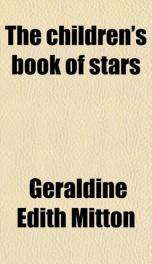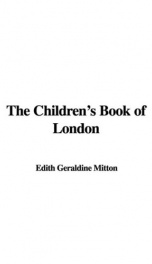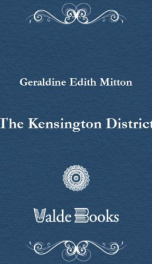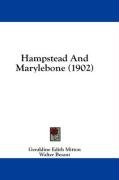Mayfair, Belgravia, and Bayswater

Mayfair is at the present time the most fashionable part of London, so much so that the name has come to be a synonym for wealth or pride of birth. Yet it was not always so, as he who runs may read, for the derivation is simple enough, and differs from most cases in that the obvious meaning is the right one. In James II.'s reign a permission was given for a fair to be held on the north side of Piccadilly, to begin on the first day of May, and to last for fifteen days. This fair, we are told, was "not for trade and merchandise, but for musick, showes, drinking, gaming, raffling, lotteries, stageplays and drolls." It was immensely popular, and was frequented by "all the nobility of the town," wherein, perhaps, we see the germs of the Mayfair we know. It must be remembered that Grosvenor and Berkeley Squares, with their diverging streets, were not then begun, and that all this land now covered by a network of houses lay in fields on the outskirts of London,[Pg 2] while Hyde Park Corner was still the end of the world so far as Londoners were concerned. It was about the end of the seventeenth century that the above-mentioned squares were built, and at once became fashionable, and as the May fair continued to flourish until 1708, it must have seen the growth of the district to which it was to give its name. Though suppressed, doubtless on account of disorders, it revived again, with booths for jugglers, prize-fighting contests, boxing matches, and the baiting of bears and bulls, and was not finally abolished until the end of the eighteenth century.But Mayfair is not the only district to be noticed; we have also its rival—Belgravia—lying south of Hyde Park Corner, which is equally included in the electoral district of St. George's, Hanover Square. This electoral district takes in the three most fashionable churches in the Metropolis, including the mother church, St. Paul's, Wilton Place, and St. Peter's, Eaton Square, besides many others, whose marriage registers cannot compete either in quantity or quality of names with these three. The district can also show streets as poor as some are rich; it includes not only Park Lane and Piccadilly, but also Pimlico and the dreary part to the south of Buckingham Palace Road. It is a long, narrow district, stretching from the river to Oxford Street. As a parish, St. George's was separated from St. Martin's in[Pg 3] 1724, and it is now included in the city of Westminster, with which it has been associated from its earliest history. In the charter given by King Edgar to the monks at Westminster, their possessions were defined as reaching to the highroad we now call Oxford Street on the north, and to Tyburn Lane, or Park Lane, on the west. But of this the parishes of St. Margaret and St. John at Westminster were the City, and the rest lay in the "Liberties." --This text refers to the Kindle Edition edition.
Info about the book
Author:
Series:
Unknown
ISBN:
1141289458
Rating:
2.5/5 (2)Your rating:
0/5
Languge:
English
Users who have this book
Users who want this book
What readers are saying
What do you think? Write your own comment on this book!
write a commentif you like Mayfair, Belgravia, and Bayswater try:
Do you want to read a book that interests you? It’s EASY!
Create an account and send a request for reading to other users on the Webpage of the book!





